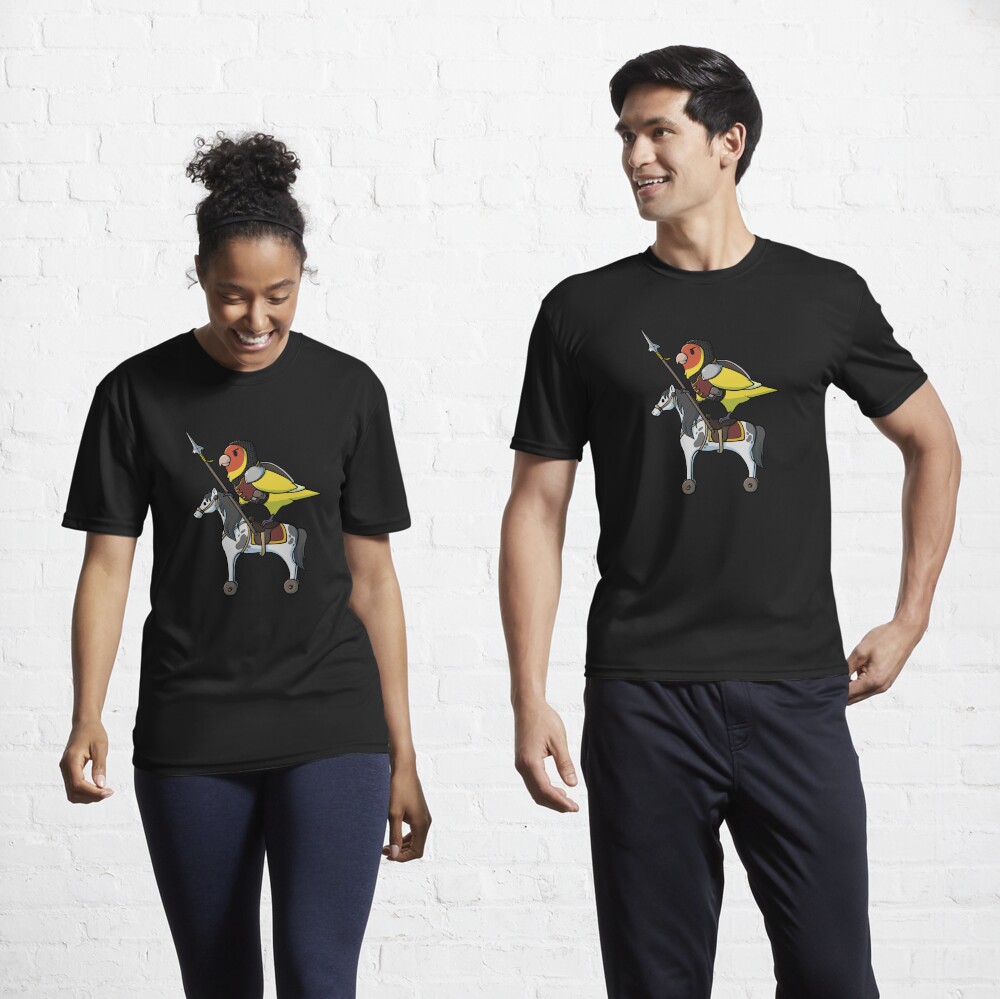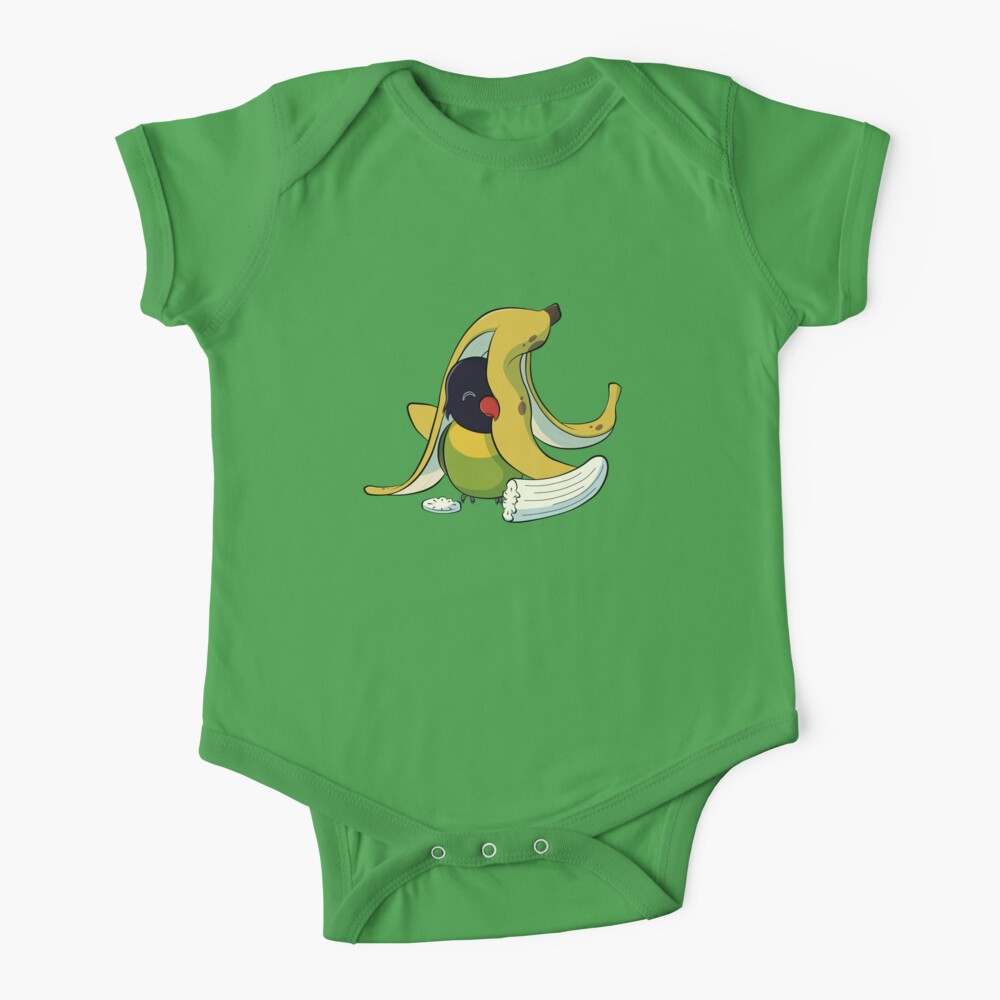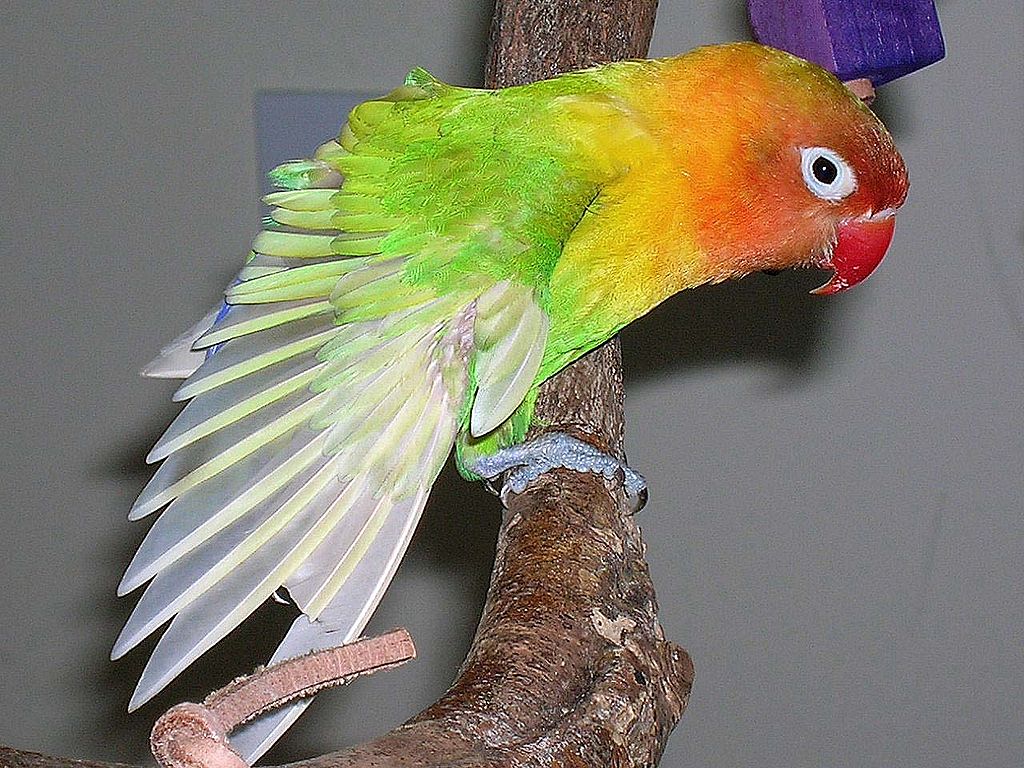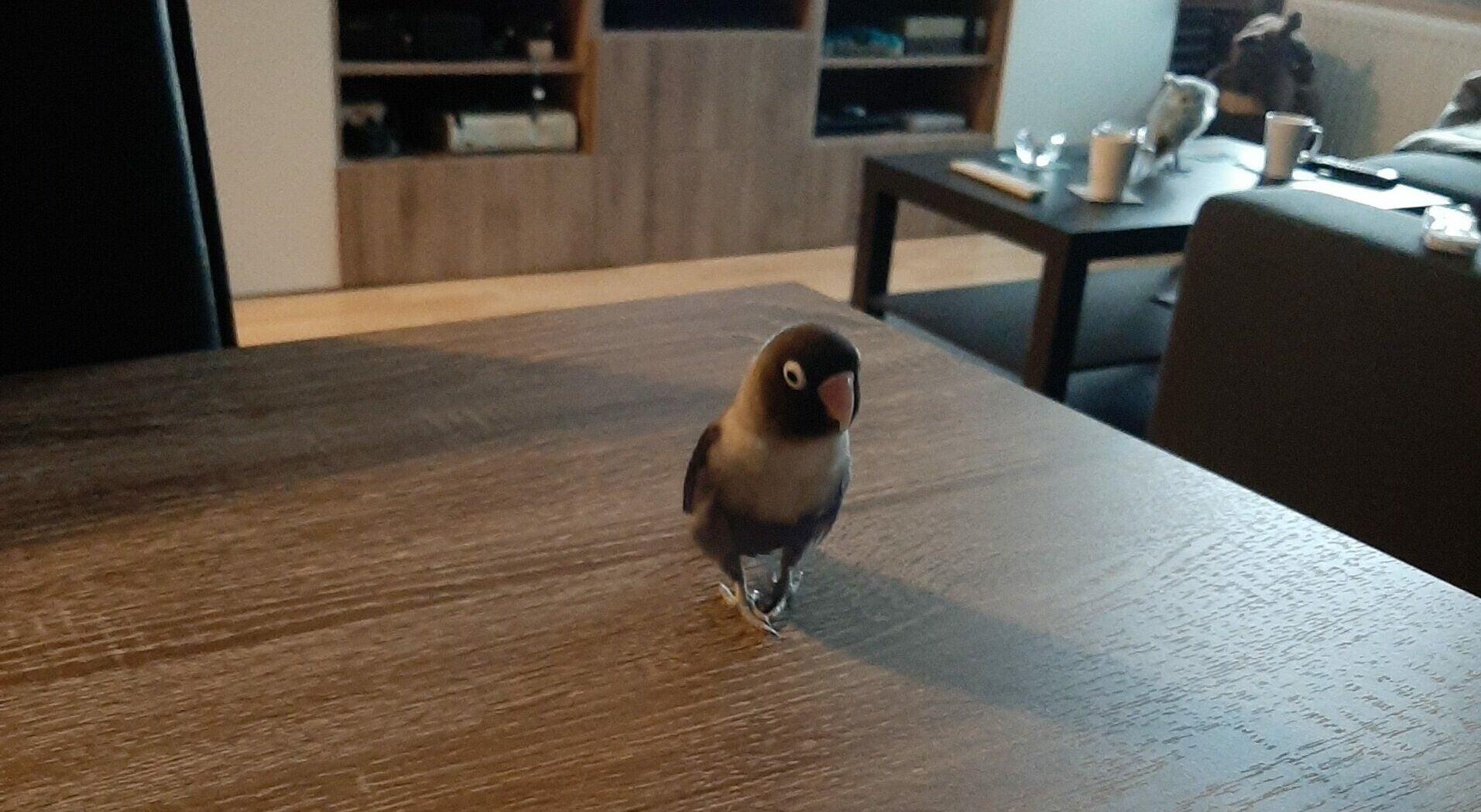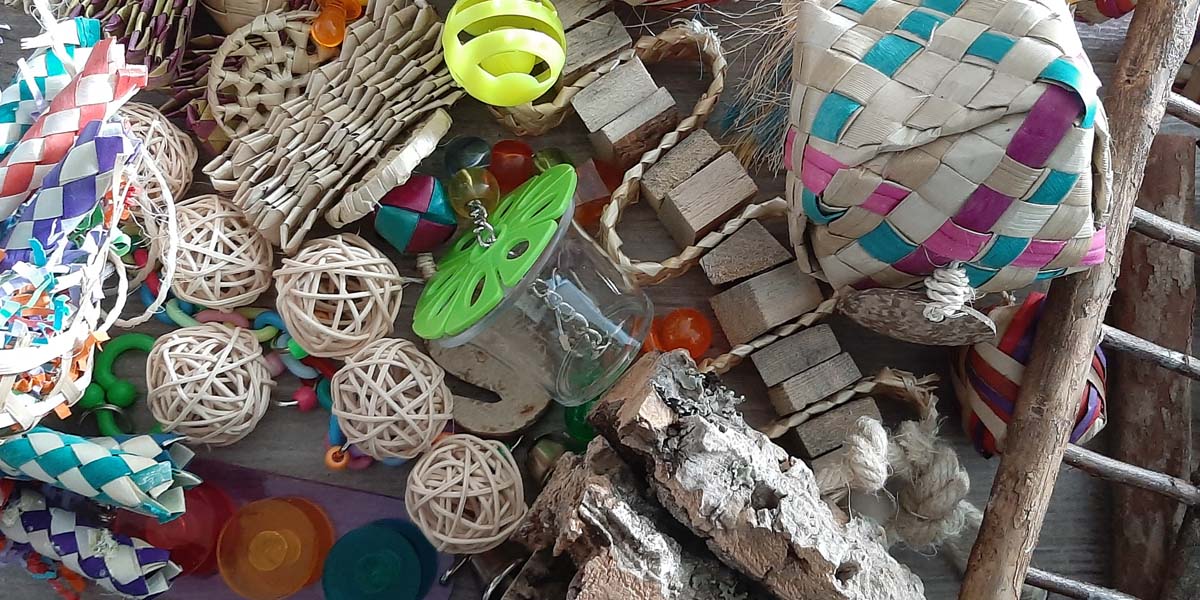Should I clip my lovebird’s wings?
Wing clipping is a controversial topic in the bird owner community. There are people that believe in it and there are people that are against it.
In this post I will explain why you should not clip your lovebird’s wings as it may cause fear, aggression or get your bird more hurt than you expected. Of course in the end the choice is yours.
What is wing clipping?
When you clip your lovebird's wings, you cut some of their wing feathers. It is, if done correctly, a painless procedure. Like cutting your hair, except it’s not, more on that later.
There are many different methods of clipping a bird’s wings. The most used one is to cut the outermost 5 to 6 primary feathers halfway from the base of the feather tip.
Or a variant on this is leaving the outermost feathers untouched, to give it a better cosmetic look. When this is done for lovebirds, they will still be able to fly.
“Clipping your lovebird’s wing is no guarantee that it will no longer be able to fly. Some birds are still capable of flying even with clipped wings. Just not as high or far as they normally would be able to.”
If you clip your bird’s wings, do so on both wings. Your lovebird is unbalanced when you only clip one wing and will fly in circles.
Can I clip my lovebird’s wings myself?
If you really want to clip your lovebird’s wing, you can do it yourself. This however is not easily done, so I wouldn’t advise it.
Have someone holding your bird to make sure you can completely focus on the wing clipping. Don’t be too harsh on your bird, your lovebird’s wing bones are very delicate and break easily.
Your bird might not like what is going on, especially if your lovebird isn’t used to being held. So prepare to be bitten a bit just in case. It will also result in your lovebird not trusting you or your hands, making the taming process take longer.
Make sure you do not clip any blood feathers. These are smaller feathers that are still growing. If you clip them, your bird will bleed a lot (hence the name blood feather).
Ask a veterinarian how to properly clip your lovebird’s wings if possible.
The following video will explain the wing clipping process and show how it is done.
3 reasons people clip their birds wings and debunking them
Reason 1 - Clipping wings helps taming your lovebird
This is the one reason I hear the most. In fact it was the very thing my brother told me to do when he gave me Apache.
The idea behind it is because your lovebird cannot fly away, it will get used to you much faster. Why? Well it now needs to depend on you. When it is on the floor, you need to pick it up and bring it to a safe spot.
Debunking reason 1 - It will make your lovebird more aggressive
When you get your lovebird and it isn’t tamed, your new little friend is scared. Its natural instinct is to fly away from what is scaring it. This includes humans, yes, especially hands. Hands that took it before and then clipped wings, so it can no longer fly (a.k.a. flee).
With clipped wings, your lovebird has to use other measurements to keep scary things away from it. Which includes biting. Your lovebird might become a lot more aggressive, because it cannot fly away from you.
Reason 2 - It helps to keep hormones under control
When lovebirds get hormonal, they become more aggressive. Especially around their own territory (their cage) or around the place they choose to build a nest. Wing clipping is supposed to reduce this problem.
Debunking reason 2 - You’re not solving the root of the problem
In all honesty I am still trying to wrap my head around this one. Hormones aren’t controlled by flying, but by the time of year. If you don’t want your lovebird to be hormonal there are better ways to reduce the behavior, more on this in “Hormonal lovebird – What to do to help your feathered friend”.
Reason 3 - Clipping keeps your lovebird safe
When your lovebird’s wings are clipped, it has a very restrictive flight. Basically it can fly forward, but will go downwards, not up.
Your lovebird is less likely to fly into walls, ceilings or windows. Or even ceiling fans if you have those.
Debunking reason 3 - Your is more likely to injure itself with clipped wings
The natural instinct of your lovebird is to fly away from scary things. Even when their wings are clipped they will still try this. This can result in crash landings or falls of big heights which can cause injuries.
As I said, a lovebird with clipped wings can still fly forward, but downward (or at least not as high as before, around knee-height). This means it will always end up on the floor. Lovebirds are very small birds and can be missed when they are on the floor. Someone might step on them.
The floor is also where other pets walk and they might catch your lovebird.
And not to forget, the floor is also where cables might be. You lovebird loves to gnaw on things, cables included.
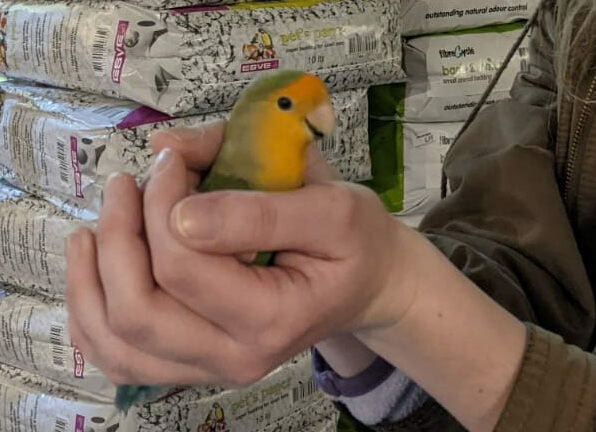
How does wing clipping affect your lovebird?
Let’s go back to the part where I said that wing clipping is like cutting your hair. Or even your nails. If wing clipping is done right, your bird doesn’t feel it. There are no nerves in the parts where it is clipped.
But where cutting your hair doesn’t bring you off balance, clipping wings does.
I watch my lovebird often and she will stretch out her wing when balancing on things that move around, like a bungee rope. It’s similar to what we would do with our arms when walking on a balance beam.
Of course, after a while your lovebird will understand its new balance.
Another effect wing clipping might have is muscle atrophy. This happens when certain muscles aren’t used over a long time period. Your lovebird might end up even being afraid of flying and afraid it might fall. (I just watched the movie Rio, which nicely shows this. The main character Blu is afraid of flying.)
Is wing clipping permanent?
Luckily wing clipping is not permanent in most cases. Their feathers usually grow back after a molt or a few molts when it is done terribly. A molt is where old feathers are replaced with new ones.
This also means that if you clip your bird’s wings, you need to do this every time your bird has had a molt.
